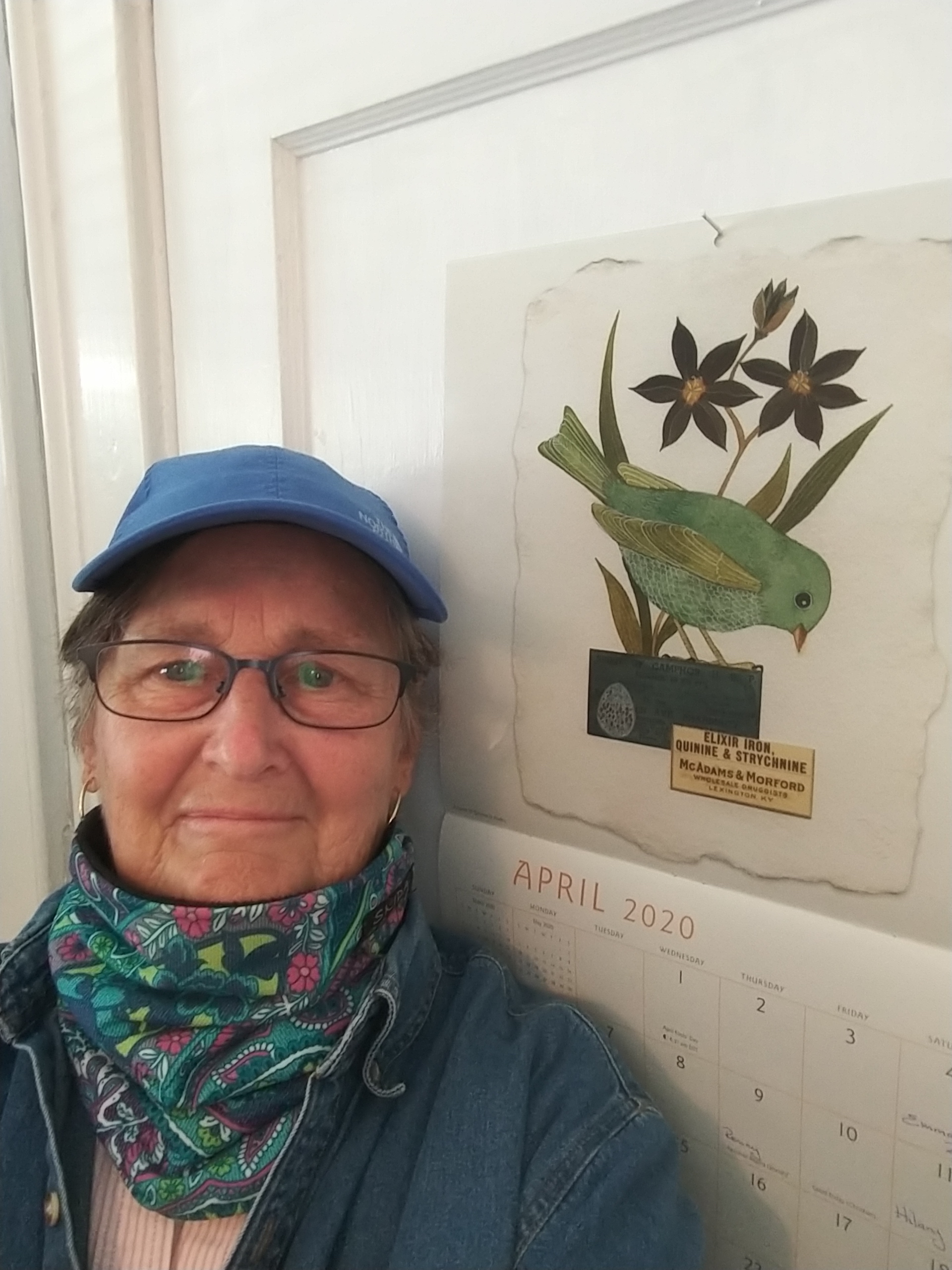Reflection on the power of nature
by Judith Merritt

Since I retired, I have been exploring the area around my home. I walk for miles on local trails, on city sidewalks and in my favorite place, the Arnold Arboretum. For anyone who loves trees, walking in the Arboretum is paradise, with a different view around every curve. I watch the leaves bud out in the spring and then welcome the summer’s lush foliage providing cooling shade. As the days become shorter, the trees perform their magic, turning their green leaves into a palate of red, orange, yellow and brown. In winter, the bare fingers of the branches allow me to see the architecture of the trees, especially when they are silhouetted against a snowy backdrop.
When I walk in the Arboretum, I am grateful to Frederick Law Olmsted, the landscape architect who designed this beautiful 281 acre urban park. His long view into the future has made it possible for many generations to enjoy this city park. He understood the importance of green space for health of the city, allowing people to retreat from the dirty, crowded areas where they live and work. His vision created a park where people could stroll along winding paths, arched bridges, open spaces, and wooded areas. He kept trees and shrubs planted in family groups with detailed records. There is an aluminum metal tag on every planted tree and bush listing information for each specimen including the scientific name, the plant family, the common name, the country of origin and the date of acquisition.
While walking along these paths in the Arboretum, I begin to forget my worries. I come home refreshed, less anxious and much happier.After 168 years, I am still the beneficiary of Olmsted’s vision. He believed that, “The enjoyment of scenery employs the mind without fatigue and yet exercises it; tranquilizers it and yet enlivens it; and thus, through the influence of mind over the body gives the effect of refreshing rest and reinvigoration to the whole system.”
There are several countries or regions that have special words for spending time in nature. In Scandinavian countries, the word friluftslivcaptures the concept that being outside is healthy for human beings’ mind and spirit. The Danish word hyggecan also be used when describing the sense of wellbeing a person feels when they are in the natural world. Recently the Japanese Ministry of Agriculture coined a new phrase shinrin-yoku… translated into English is “forest bathing”. The Ministry is encouraging nature walks as a national pastime. They are studying the benefits of this practice of slow strolls while connecting with nature. Trails have been created especially for the purpose of these walks in the forest, and now there is a new concept - forest therapy. Scientists have proven that walking in nature can help reduce blood pressure, improve sleep, strengthen the immune system and increase energy.
Suddenly, I am more aware of references to forest bathing. Last fall, the Arboretum offered a class in forest bathing led by a certified guide. Now I take my walks at a slower pace, stopping to notice more details like sounds, smells, and sights that are unique to the month or time of day. I volunteered to become a Tree Spotter so I could help the Arboretum monitor the phenology of specific trees, recording when they form buds, begin to sprout, leaf out and when the leaves fall in autumn. I even hugged several trees just to show my gratitude for their magnificence. I learned to feel the roughness or smoothness of their bark. I took pictures of the trees and their tags, trying to identify a new tree each time I walked.
I learned how our environment benefits from the presence of trees, especially in the summer. Trees create shade and make the city cooler. They protect the asphalt from the constant solar heat. Scientists have recorded the summer temperatures and air quality in a city based on a map of the tree population in different areas. In 8th grade biology, we learned about a magical scientific process called photosynthesis. Trees have little pores in their leaves that suck in carbon dioxide. After using the energy from sunlight to make glucose they need for their own growth, they release oxygen into the air. Research has shown that one large tree can absorb enough carbon dioxide in a day to provide oxygen for up to four people.
Years ago, I lived in Vermont and I heated my home with a woodstove. I was grateful for my woodpile that offered me warmth over the cold winter months. In the fall, I was surrounded by the views of breathtaking foliage.I live in the city now and I realize how important trees are to my physical and spiritual health. In the trees outside my bedroom window, I hear the birds in the branches and I am soothed by the sound of breezes through the leaves. With all the unknowns we face these days, I rely on the trees to provide solace for my soul.
Comments
Be the first to leave a comment!